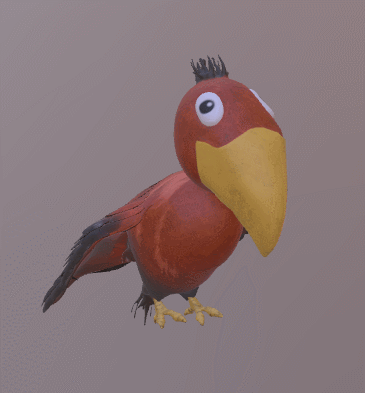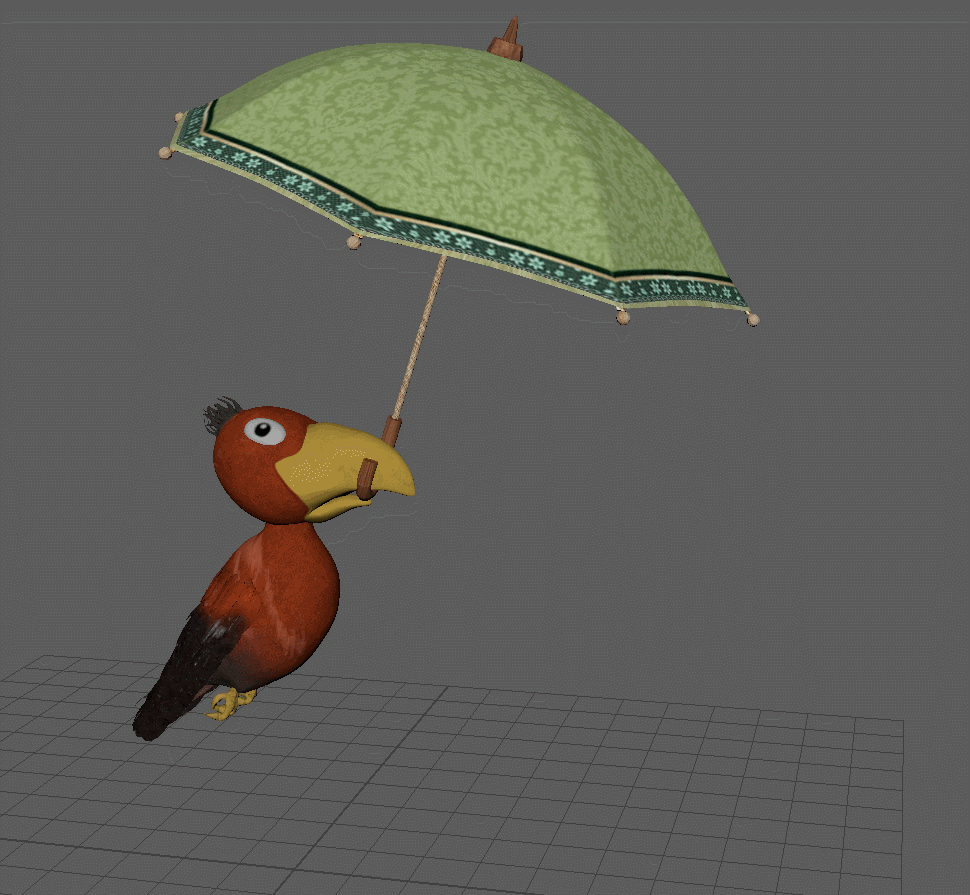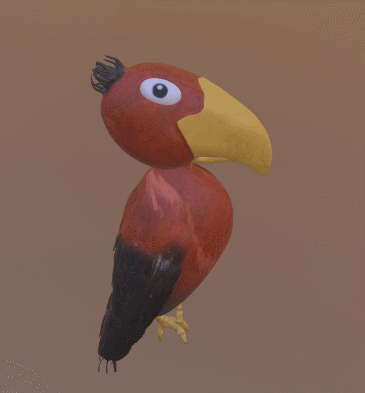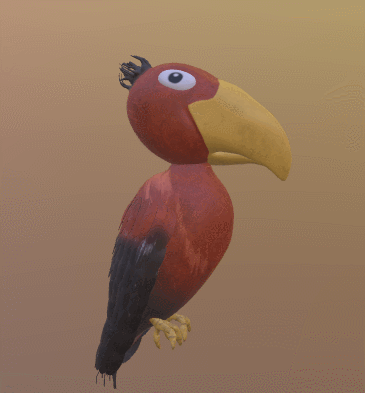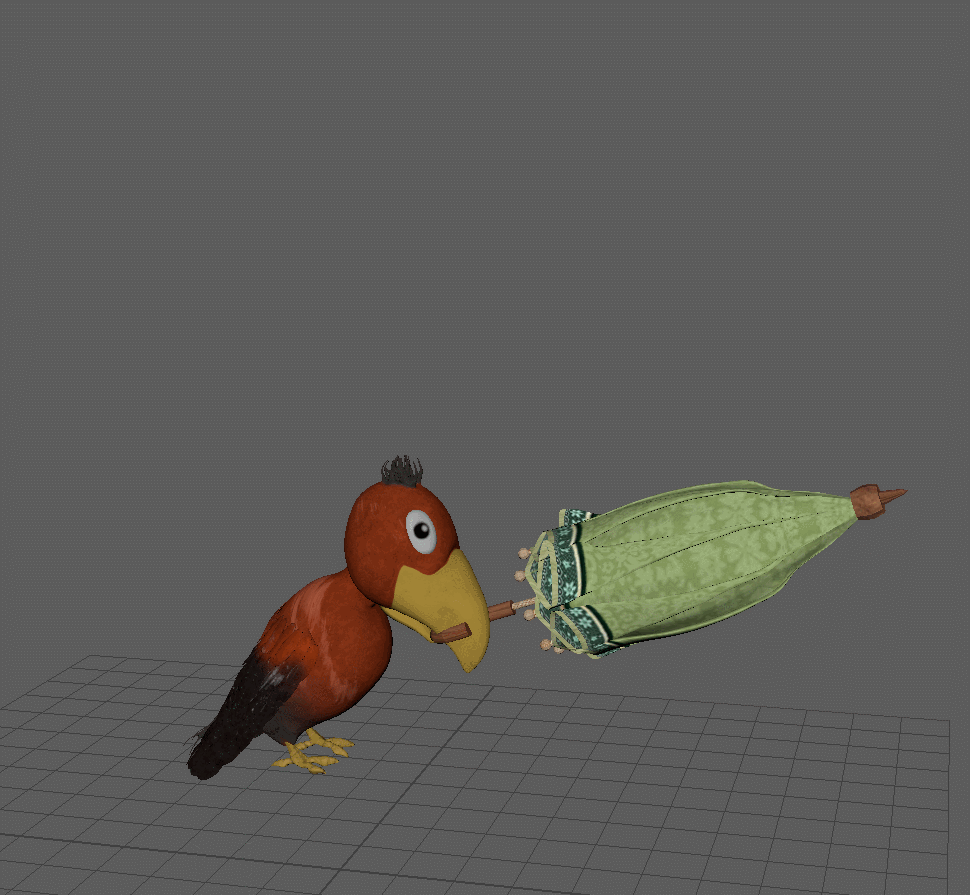Design:
This week we had a few questions about where we could potentially install the machine within the Grable Gallery at the museum. While there are still plans for the pop-up space at Southside Works in the summer, the back up plan is for it to be in the museum when they open back up in the fall. In talking with our client, we found which wall would be the most suitable location for us to use, as it currently has little to no installation work to move or design around.

Using this information, we placed whitebox models of our interaction into the model of the Grable Gallery to get a better sense of scale. We brought all of this into ARENA and walked around the space with our client.
Art:
The last week has seen the building of a lot of the static models that will be translated around the interaction through code. Most of these objects don’t need rigging so we can pass them through our GLTF conversion and drop them right into the scene. These include the book, watering can, and umbrella.
The umbrella required some further rigging in order to open up when the bird grabs it however. With this rigging set up we can can the bird hop over to it, pick it up and snap it open, then hop over the edge of the shelf to catch the wind of the fan from below.
The blooming flower animation has also started to be created. This will be combined with a rapid scale animation coded in ARENA to play out once the plant has been watered.
Tech:
We’ve been able to get into the ETC in the last week for the first time to start trying things out at scale. In the demo we placed the optical sensor inside of the bird cage and when the cord is pulled to lift the cage door, the bird hops out of the cage, jumps across the gap between heights, and pecks, until the end book falls off the shelf. The hairdryer from the previous week’s demo has been replaced by a large box fan that kicks on when activated by the IoT relay.
Some of the issues that we are facing now in ARENA have to do with occlusion, particle effects, collision, and light and shadow. Seeing the bird inside of the bird cage, but very clearly not occluded by the cage itself immediately breaks some immersion of the interaction. Some of these other elements are potential areas to improve the experience, but occlusion could be a ruiner for some guests, so we will need to design around this constraint moving forward to avoid it when at all possible.
Early next week we have half presentations early on, so wish us luck!

